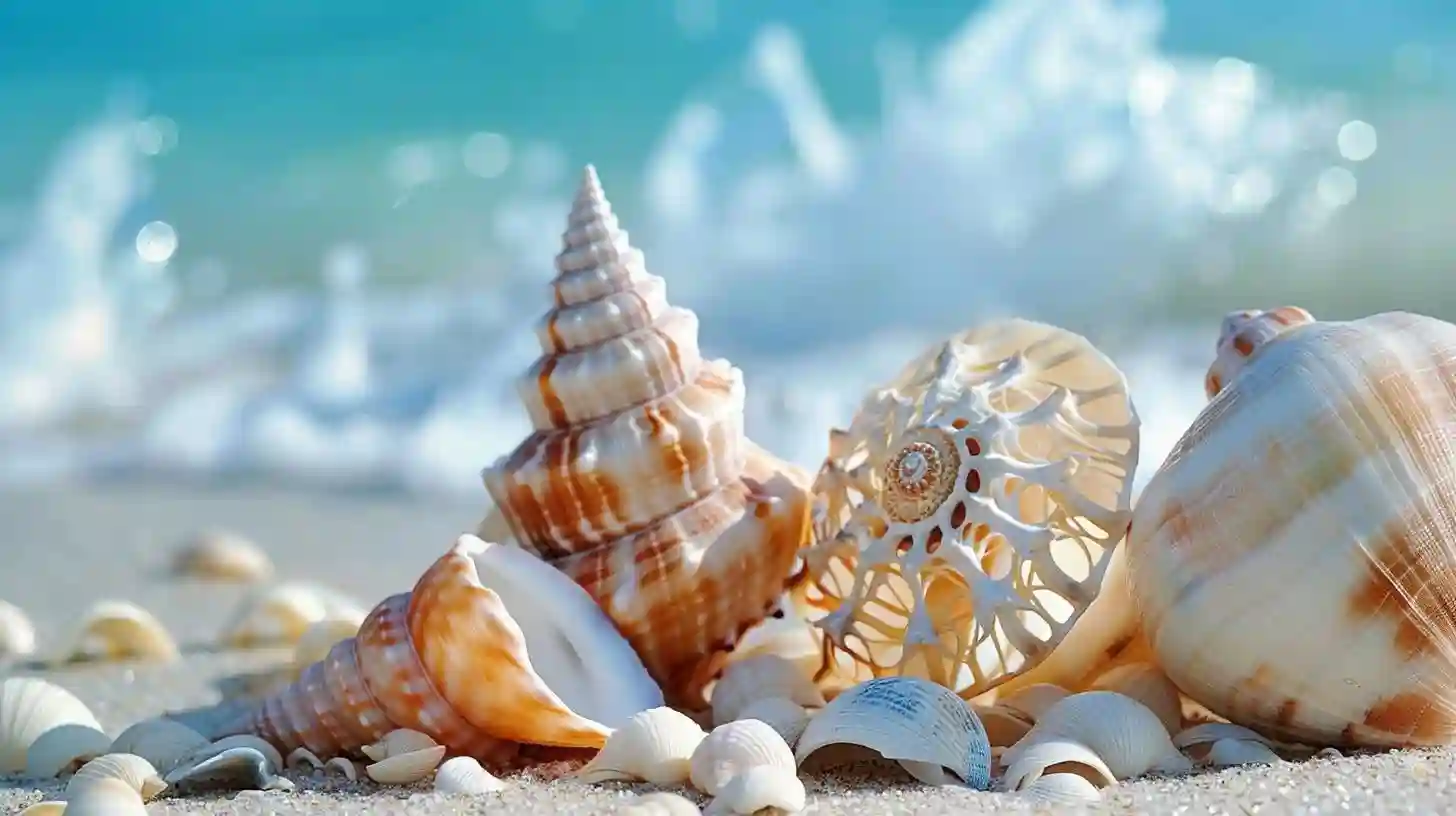
Seashells are amazing pieces of nature that have captured people's imaginations for centuries. Shells of various shapes, sizes and colors are not only beautiful to look at, but also serve important functions for the creatures that inhabit them. Shells play a critical role in the survival of many marine organisms, from providing protection and camouflage to providing buoyancy and mobility.
One of the most striking features of shells is their intricate design. Shell patterns and textures are the result of millions of years of evolution, with each species developing unique characteristics to suit its specific needs. Some shells, such as the chambered nautilus, have a spiral shape that allows them to move efficiently through the water. Others, such as the shell, have ridges and spines that provide additional protection from predators.
In addition to their physical properties, shells also have symbolic meaning in various cultures around the world. In ancient civilizations, shells were often used as currency or traded as a valuable commodity. They were also used in religious rituals and ceremonies, symbolizing fertility, protection and the cycle of life and death.
Seashells have also inspired artists and poets throughout history. The iridescent sheen of a mother-of-pearl shell or the vibrant hues of a scallop shell are captured in countless paintings, sculptures and poems. The delicate beauty of shells has served as a muse for many creative minds, awakening a sense of wonder and awe at the natural world.
But beyond their aesthetic appeal, shells also have practical uses in modern society. For example, calcium carbonate, a substance found in shells, is used in the production of cement, plastics and paper. Shells are also used in traditional medicine and cosmetics for their supposed healing properties and nourishing properties for the skin.
However, the exploitation of shells for commercial purposes has led to environmental problems. Overfishing of shellfish populations has led to a decline in biodiversity and disruption of marine ecosystems. Pollution and climate change have also had devastating effects on shell-producing organisms, causing their populations to decline and their habitats to become increasingly threatened.
To address these problems, efforts are being made to conserve shellfish populations and their habitats. Marine protected areas have been established to protect important shellfish breeding grounds, and sustainable fishing practices are being implemented to ensure the long-term viability of shellfish populations. Efforts are also being made to raise awareness of the importance of shells in marine ecosystems and the need to preserve them for future generations.
Seashells are not just pretty objects found on the beach; they are important components of marine ecosystems that play a vital role in the survival of many species. From their intricate designs to their symbolic meaning, shells have fascinated people for centuries and continue to inspire wonder and awe. It is important that we value and protect these fragile pearls of the sea so that they can continue to enrich our lives and the lives of future generations.